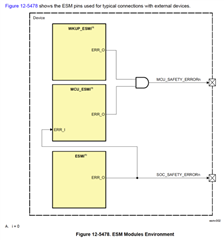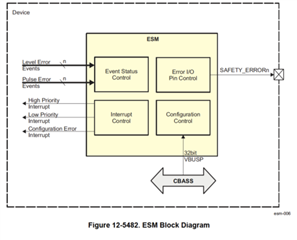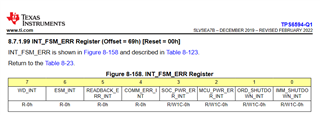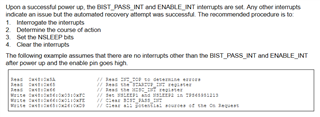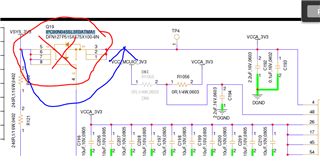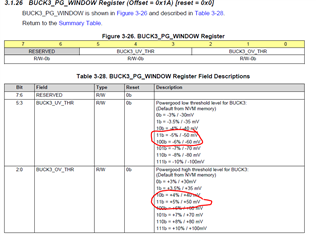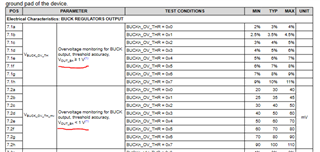Other Parts Discussed in Thread: TDA4VM, DRA829
Hi All,
We are facing a issue in custom designed TDA4VM hardware when we running following applications
- run_app_srv.sh
- run_app_tidl_od.sh - with disabling display in cfg file
- stress-ng --cpu 2
with the above tests we are seeing two different behaviors in our custom TDA4VM boards.
Issue1:
When we run the above tests in TDA4VM generic chip( Non- HS version) the display is broken and boards hangs after some time ( ~1.5hours)
Issue 2:
When we run the above tests in TDA4VM HS version chip the board reboots after 20 Seconds after running above mentioned tests. In this scenario we sees SOC_SAFETY_ERRORn signal and MCU_SAFETY_ERRORn signals get asserted and shall be reported to PMIC which is causing board reboot.
Kindly request to provide us the pointers to debug this.
Regards,
Chaitanya


